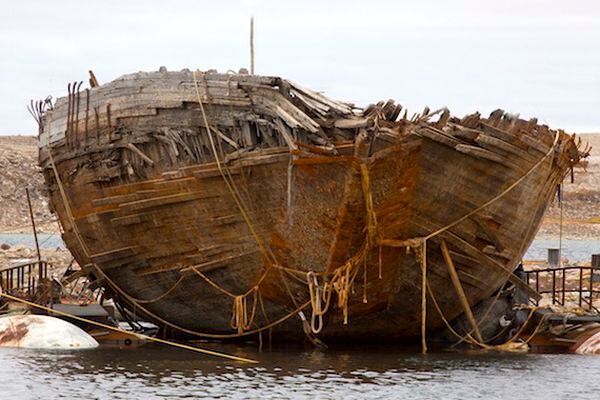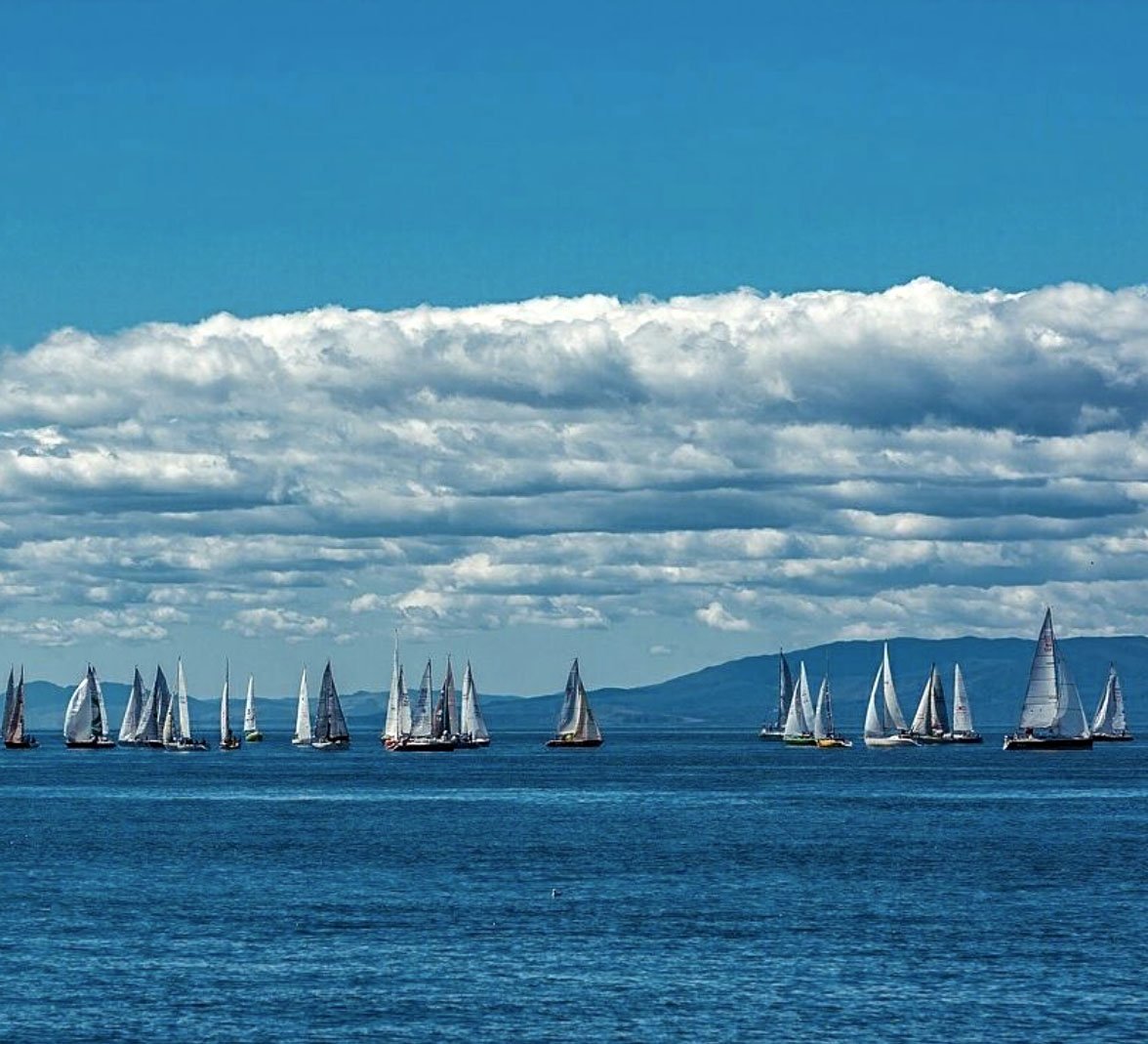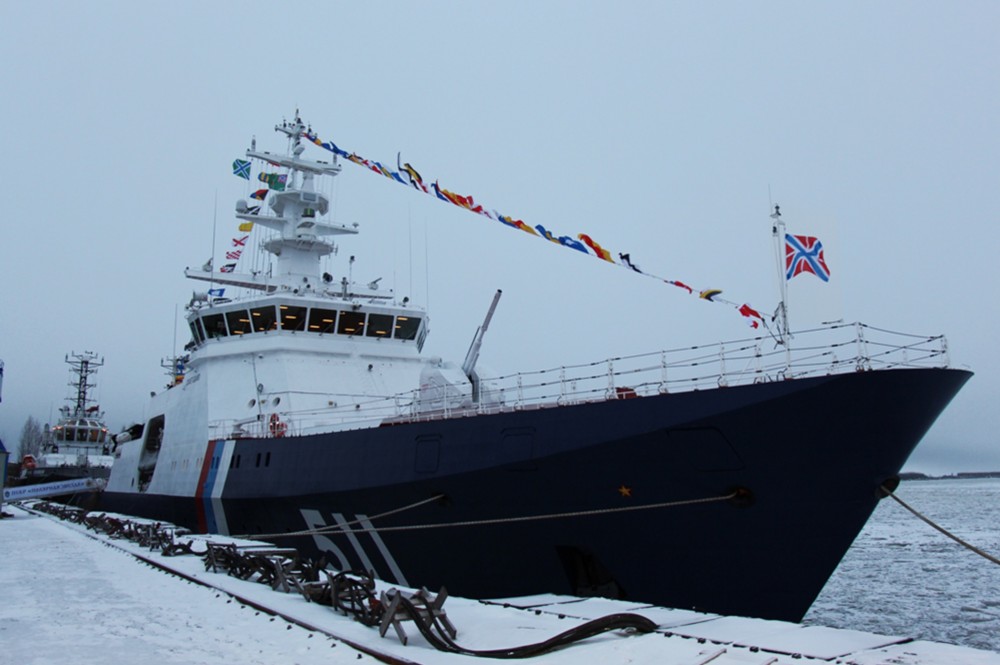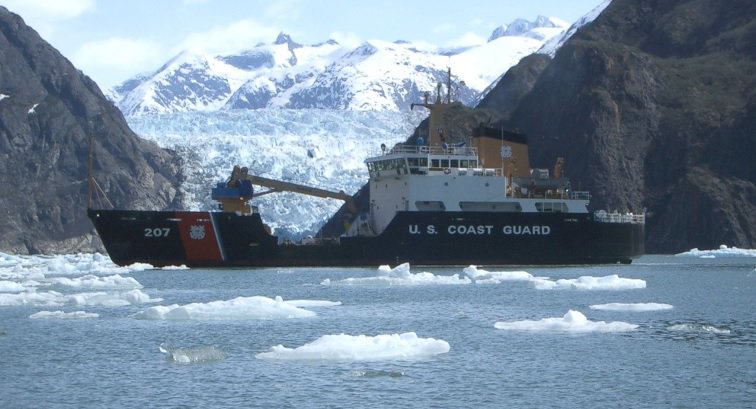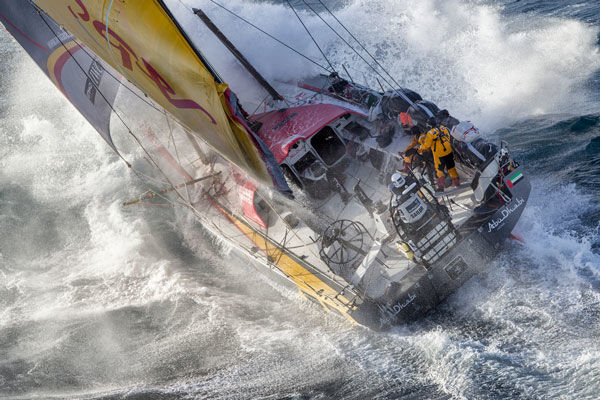trysail
Catch Me Who Can
- Joined
- Nov 8, 2005
- Posts
- 25,593

Wreckage Of USS Indianapolis, Sunk By Japanese In WWII, Found In Pacific
For 72 years since the cruiser USS Indianapolis sank after being struck by Japanese torpedoes in the waning days of World War II, her exact resting place had been a mystery.
But a team of researchers... now says they have positively identified the wreckage, 18,000 feet below the surface in the Philippine Sea.
The sinking of the Indianapolis — on its return from a secret mission to deliver components for the atomic bomb that would be dropped days later on the Japanese city of Hiroshima — became the single-largest loss of life in the history of the U.S. Navy.
Indianapolis sank in just 12 minutes, with 300 of her crew going down with the ship. With few lifeboats, many of the remaining 900 faced death by exposure or shark attack until they were spotted three days later by a U.S. Navy patrol plane. By the time they were reached by rescuers, only 317 of the crew of 1,196 aboard were still alive......The ship's destruction and survivors' attack by sharks inspired a famous scene from the movie Jaws, in which Captain Quint (played by Robert Shaw), recounts the events.
But a team of researchers... now says they have positively identified the wreckage, 18,000 feet below the surface in the Philippine Sea.
The sinking of the Indianapolis — on its return from a secret mission to deliver components for the atomic bomb that would be dropped days later on the Japanese city of Hiroshima — became the single-largest loss of life in the history of the U.S. Navy.
Indianapolis sank in just 12 minutes, with 300 of her crew going down with the ship. With few lifeboats, many of the remaining 900 faced death by exposure or shark attack until they were spotted three days later by a U.S. Navy patrol plane. By the time they were reached by rescuers, only 317 of the crew of 1,196 aboard were still alive......The ship's destruction and survivors' attack by sharks inspired a famous scene from the movie Jaws, in which Captain Quint (played by Robert Shaw), recounts the events.
more...
